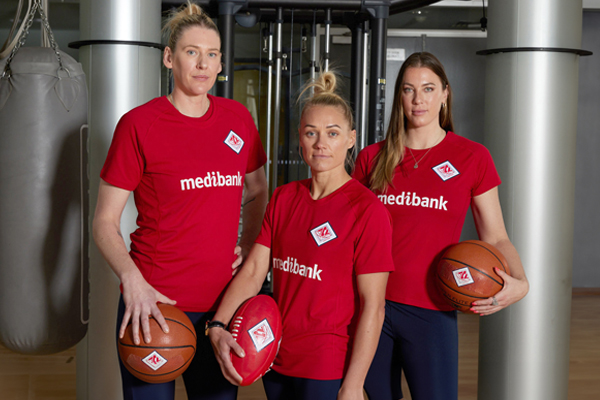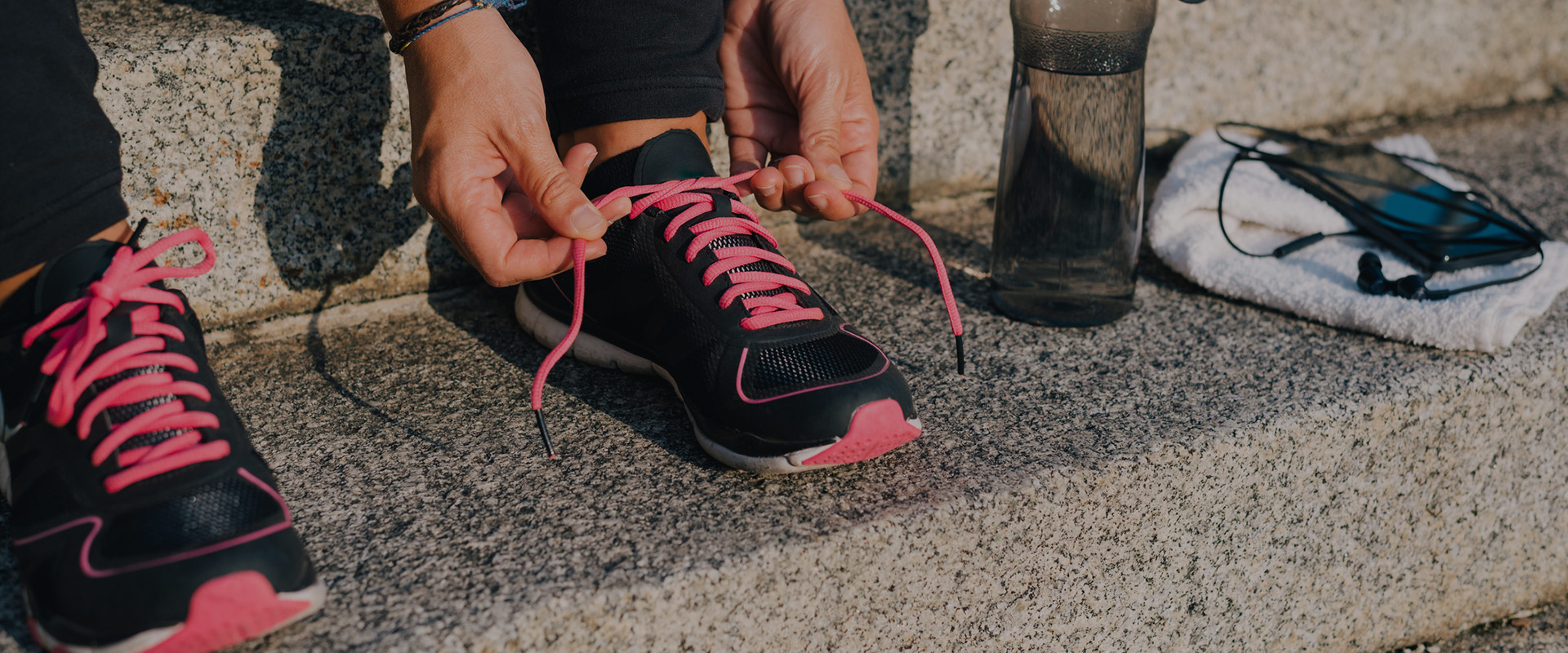-
One of the hidden benefits of running is how your muscles adapt to improve your performance, burn energy more efficiently and have improved recovery.
1. Slow is the way to go
Many thousands of muscle fibre cells are bundled together to form a working muscle. These individual muscle cells either contract fast or slow. The fast, known as fast-twitch muscle cells, are good for short sharp sprints, but soon lose power. Slow-twitch muscle cells contract slower, but have the amazing ability to be able to go on and on. Running builds slow-twitch muscle fibres that can keep on going.
2. Scintillating stem cells
Every time you run, small stem cells sitting close to the muscle fibres spring into action. In the hours after you finish, these stem cells rapidly grow, divide and mature. Within one to two days of your last run, the stem cells are working hard to replace unwanted fast-twitch muscle cells, and building and repairing the important slow-twitch muscle cells.
3. Maximising mitochondria
Deep within each muscle fibre are small powerhouses, known as mitochondria. With each session of running the mitochondria need to work harder to generate the energy required to sustain muscle contractions. These mitochondria adapt to running, not only getting bigger, but also dividing to generate many more microscopic powerhouses.
4. Burning fat
If you haven’t been running for a while, you’ll soon notice the pain of lactic acid building up in your muscles with even the mildest of exertion. The lactic acid is a sure sign your muscles are using glucose (sugar) as their major energy source. Glucose is good for a short burst, but it will soon run out. Its better to use something most of us have plenty of – and that’s fat. Regular running trains muscles to switch from using glucose towards fat.
5. Recovery
Bad news; running produces free radicals. Good news; running also activates anti-oxidative enzymes that are so effective at mopping up free radicals that muscles are protected for days after each run.
5 ways your body changes by running

-
Everything you need to know about parkrun
Been wondering what a parkrun looks like? Where do you go? What do you do? How do you sign up? Find out here.
-
Five ways to exercise when on a budget
You don’t need to spend money on gym memberships just to meet your fitness goals. Here are five free ways to stay healthy and active when you’re living on a budget.
-
How parkrun changed my life
Christie Farrow went from being an exercise-phobe to a true blue runner with parkrun.
-
Australia's top female athletes unite on ACL injury
Some of Australia's most talented athletes have joined forces to highlight the unique injury challenges women face.
-
How to create your perfect summer fitness plan
Be inspired by the sunshine and get moving
-
The essential foam rolling routine
Improve posture and flexibility with this essential foam rolling routine. Discover effective stretches to ease muscle tightness and enhance your daily movement.
Subscribe to receive the best from Live Better every week. Healthy recipes, exercise tips and activities, offers and promotions – everything to help you eat, move and feel better.
By clicking sign up I understand and agree to Medibank's privacy policy






